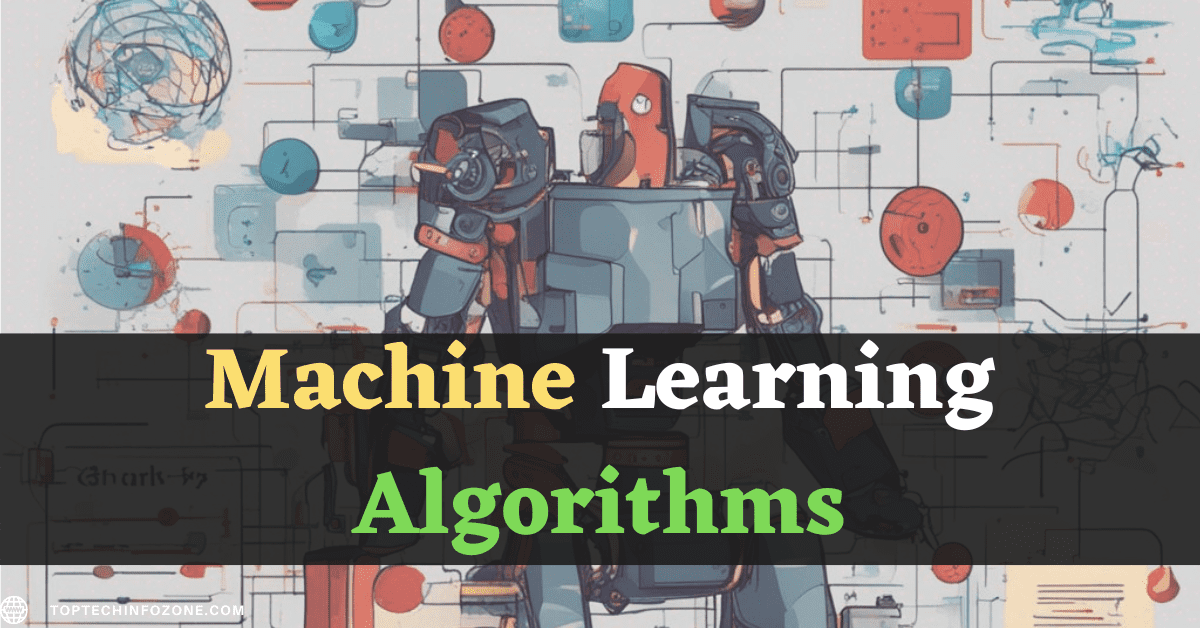Explore the world of machine learning algorithms in this comprehensive overview. Understand the key concepts, types, and applications of machine learning algorithms. Discover how they drive innovation across various industries.
Introduction
In today’s rapidly evolving technological landscape, machine learning algorithms have emerged as a cornerstone of innovation. From self-driving cars to personalized recommendations on streaming platforms, these algorithms power a wide range of applications.
This comprehensive overview dives into the intricacies of machine learning algorithms, shedding light on their types, functionalities, and real-world impact.
Machine Learning Algorithms: A Comprehensive Overview
Machine Learning Algorithms: A Comprehensive Overview is designed to provide a deep dive into the realm of machine learning, empowering readers with the knowledge to comprehend, create, and deploy these algorithms in diverse settings.
Whether you’re a seasoned professional or just starting on your journey, this article will equip you with insights that transcend theoretical boundaries.
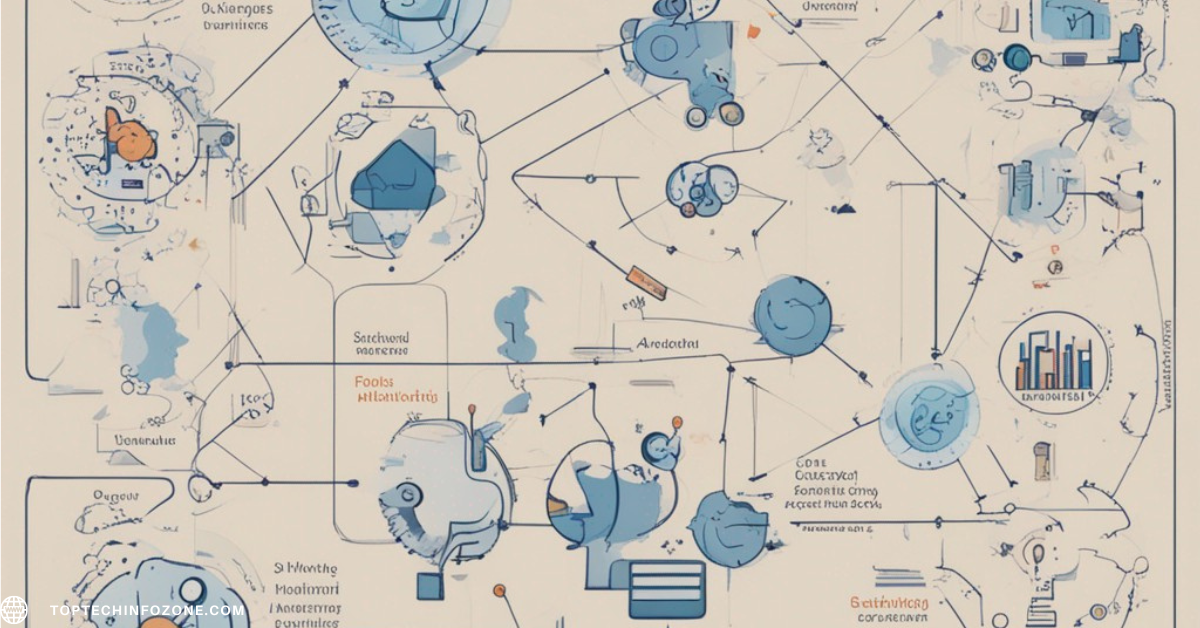
Types of Machine Learning Algorithms
Supervised Learning
Supervised learning, a fundamental category of machine learning algorithms, involves training a model on labelled data to make predictions or decisions.
It encompasses regression and classification tasks and is widely used in spam detection, medical diagnosis, and more.
Unsupervised Learning
Unsupervised learning algorithms operate on unlabelled data, seeking to uncover patterns, relationships, or clusters within the dataset.
Applications include customer segmentation and anomaly detection.
Semi-Supervised Learning
Semi-supervised learning strikes a balance between supervised and unsupervised approaches, utilizing both labelled and unlabelled data.
This technique is valuable when labelling large datasets becomes impractical.
Reinforcement Learning
Reinforcement learning involves training agents to make sequential decisions in an environment to maximize rewards. It powers advancements in robotics, gaming, and autonomous systems.
Deep Learning
Deep learning algorithms, inspired by neural networks, excel in tasks like image and speech recognition. They have revolutionized industries like healthcare, finance, and entertainment.

Key Machine Learning Algorithms
Decision Trees
Decision trees use a tree-like structure to make decisions based on features of input data. They find applications in finance, medicine, and customer profiling.
Random Forest
Random Forest combines multiple decision trees to enhance accuracy and mitigate overfitting. It’s utilized in predicting disease outbreaks and stock market trends.
Support Vector Machines (SVM)
SVM classifies data into different classes using hyperplanes. It’s a staple in text classification, image recognition, and bioinformatics.
k-Nearest Neighbors (k-NN)
k-NN assigns a class to a data point based on the classes of its k-nearest neighbours. It’s employed in recommendation systems and anomaly detection.
Naive Bayes
Naive Bayes calculates the probability of an event based on prior knowledge. It’s prominent in spam filtering, sentiment analysis, and medical diagnosis.
Applications of Machine Learning Algorithms
Healthcare
Machine learning algorithms assist in diagnosing diseases, drug discovery, and personalized treatment plans, transforming healthcare outcomes.
Finance
In finance, these algorithms forecast stock prices, detect fraudulent activities, and optimize investment portfolios, empowering data-driven decisions.
E-commerce
E-commerce platforms leverage machine learning for product recommendations, customer segmentation, and supply chain optimization.
Autonomous Vehicles
Self-driving cars rely on machine learning to perceive their environment, make real-time decisions, and navigate safely.
AI in Autonomous Vehicles: Advancements and Challenges: Learn about the remarkable advancements and the challenges AI faces in driving the future of autonomous vehicles.
Natural Language Processing (NLP)
NLP algorithms comprehend and generate human language, enabling chatbots, translation services, and sentiment analysis.
Realizing the Potential
Machine learning algorithms are at the forefront of innovation, driving progress across industries and reshaping the way we interact with technology.
As we continue to explore their capabilities and refine their applications, the possibilities are boundless.
Conclusion
In this comprehensive overview, we’ve delved into the fascinating world of machine learning algorithms. From their types to their applications, these algorithms are shaping our present and future. As you embark on your journey to explore and implement these algorithms, remember that the key to successful machine learning lies in continuous learning, experimentation, and a dash of curiosity.
Frequently Asked Questions (FAQs)
A machine learning algorithm is a set of rules and instructions that enable a computer program to learn from data and improve its performance over time.
Machine learning algorithms are used in healthcare for diagnosing diseases, predicting patient outcomes, and discovering new drugs.
In supervised learning, the algorithm is trained on labelled data, while in unsupervised learning, the algorithm identifies patterns in unlabelled data.
Yes, you can develop your own machine learning algorithm, but it requires a strong understanding of algorithms, programming, and mathematics.
Industries such as healthcare, finance, e-commerce, and autonomous vehicles are among those benefiting the most from machine learning algorithms.
Yes, ethical concerns include biases in algorithms, data privacy issues, and the potential for job displacement.
Related Posts:
- Unlocking Ethical Implications of AI: Unveiling Unforeseen Consequences (2023)
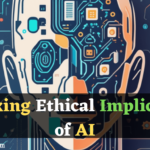
- AI in Finance: Predictive Analytics and Fraud Detection (2023)
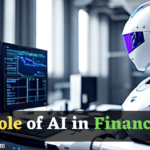
- Chatbots and Virtual Assistants: Enhancing Customer Experience (2023)

- AI and Robotics: Transforming Industries (2023)
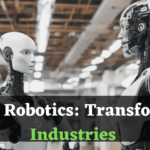
- The Role of AI in Cybersecurity and Threat Detection (2023)

